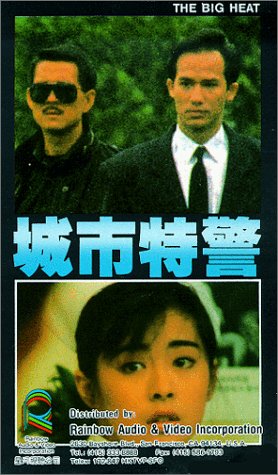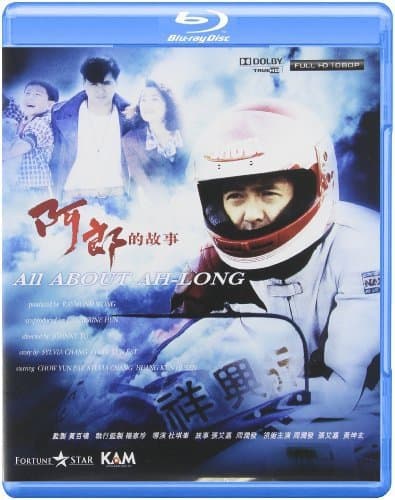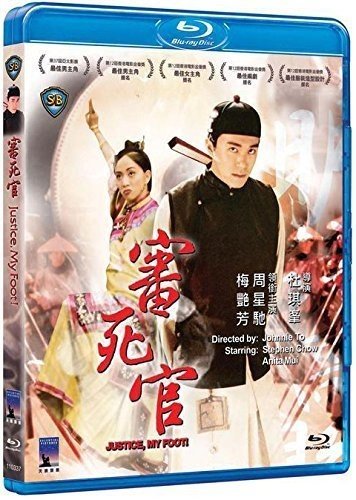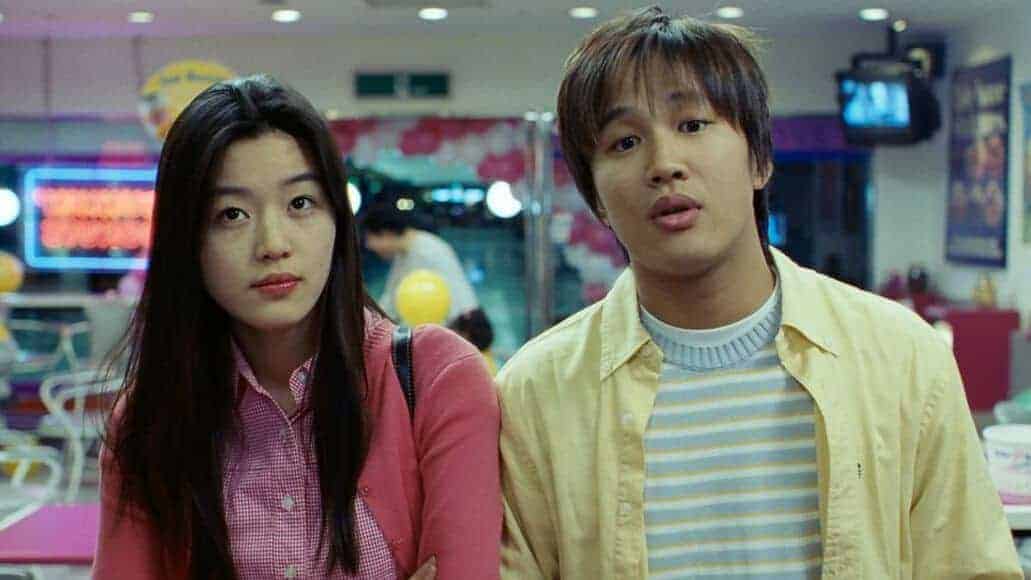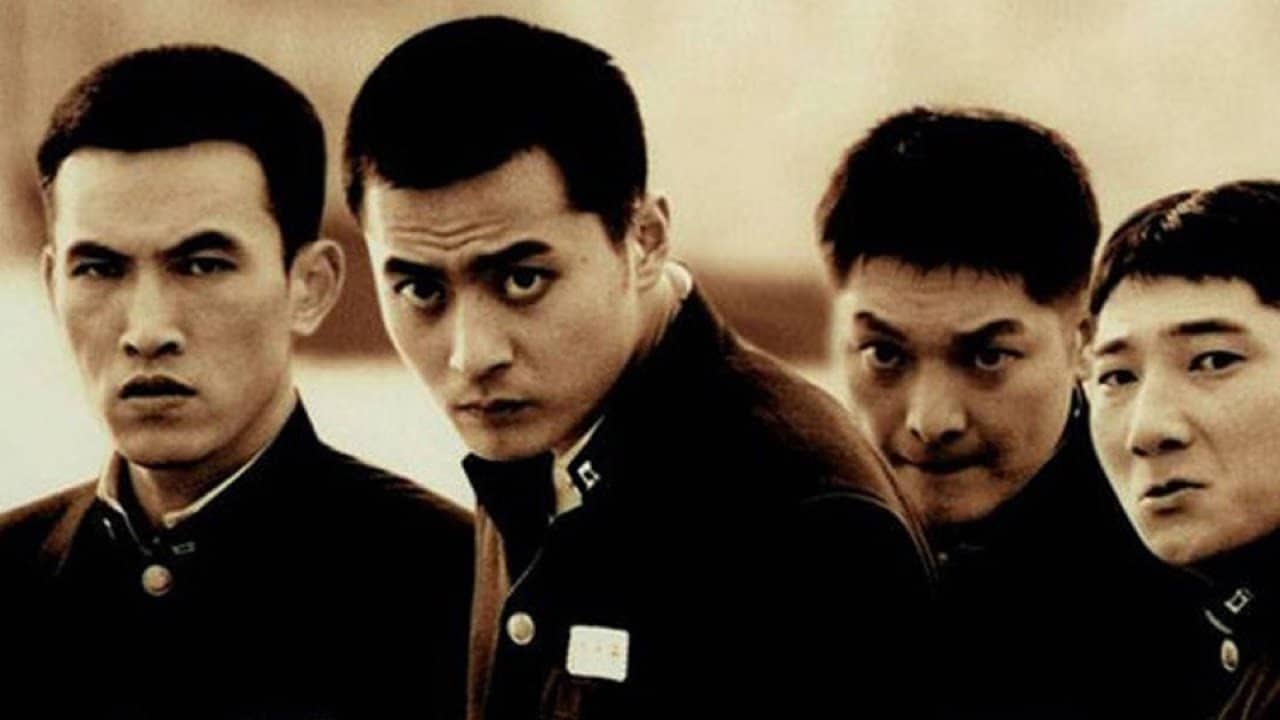Johnnie To Kei-fung (born 22 April 1955) is a Hong Kong filmmaker. Popular in his native Hong Kong, To has also found acclaim overseas. Intensely prolific, To has made films in a variety of genres, though in the West he is best known for his action and crime movies, which have earned him critical respect and a cult following, which includes American filmmaker Quentin Tarantino.
His films, often made in collaboration with the same group of actors, screenwriters and cinematographers, frequently explore themes of friendship, fate and the changing face of Hong Kong society. Sometimes described as “multifaceted and chameleonic” due to his ability to switch tones and genres between movies, To is nonetheless seen as having a consistent style, which involves mixing subdued realism and social observation with highly stylised visual and acting elements. To has cited King Hu as the director who has influenced his work the most. To heads the Hong Kong-based production company Milkyway Image with his frequent co-director Wai Ka-fai.
As we have reviewed 39 of the 71 works of Johnnie To, we thought it was about time to publish a list about our collective work, while we continue searching for the rest. The list was derived from IMDB with some corrections when needed. You can check the full reviews by clicking on the titles. You can follow the project here
1. The Enigmatic Case (1980)
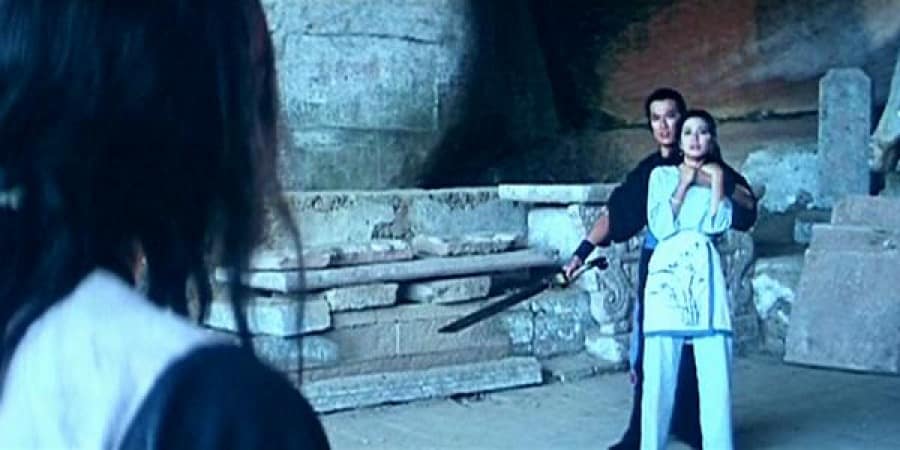
At 25 years of age, Johnnie To did not have the command of the medium he exhibited later, something that becomes rather evident in the way the narrative unfolds, with the many flashbacks being more confusing than intriguing, in a script by Yan Zhu that is, unnecessarily complicated. Furthermore, both the writing and the presentation of the characters is occasionally paper-thin, with Tien-chun seeming more like a constant victim of circumstances than someone who shapes the events around him, and Pei-pei functioning mostly as a tool for the story to progress than a full-fledged character. One of the deaths during the ending seems utterly unjustified, while a number of secondary characters and the event instigated by them are almost nonsensical. This aspect also takes its toll in the acting, with Damian Lau as Tien-chun and a very young Cherie Chung as Pei-pei suffering from the writing of their characters, although the former is quite convincing in the action scenes and the latter's beauty truly fills the screen. (Panos Kotzathanasis)
Buy This Title
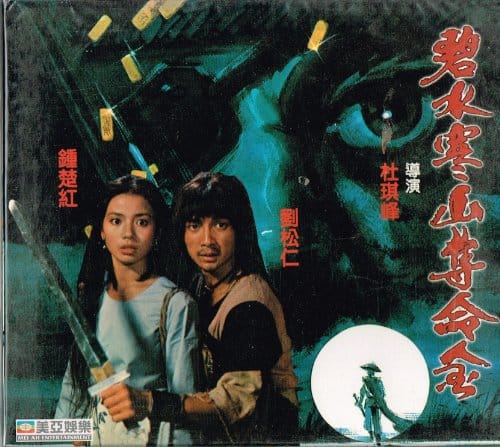
2. Eighth Happiness (1988)
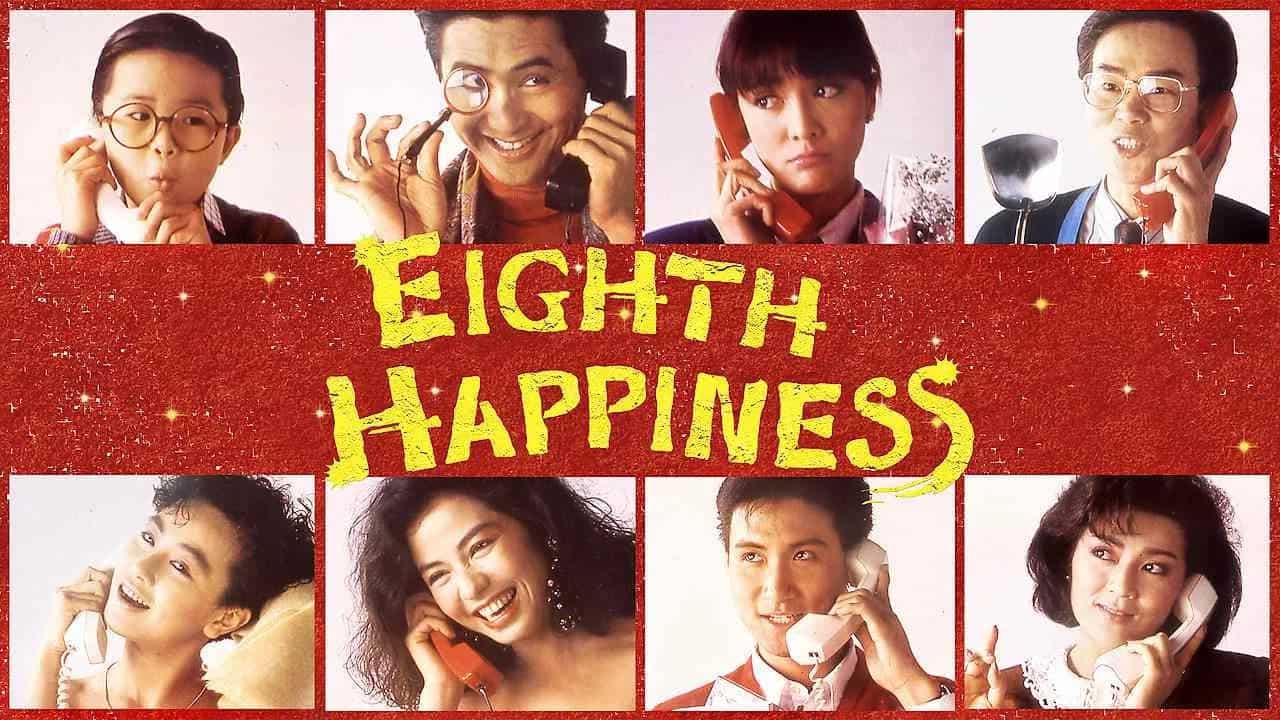
The tragicomic situations follow one another in torrenting fashion, with David Wu's editing implementing a frantic pace in order to fit all of them in the 91 minutes of the duration, and the actors responding by presenting their characters with non-stop energy. Among the lot, the one who definitely steals the show is Chow Yun Fat as Long, depicting him with effeminate gusto and almost constant clowning, with the way his older brother tries to save him a number of times providing some of the funniest sequences in the film. His chemistry with Cherie Chung who plays Beautiful is also great, also resulting in a number of scenes where she seems to actually laugh regarding what is happening, and not exactly acting. Nevertheless, her presence is also the main medium of sensualism here, although even this element is coated in comedy, with the mother/bath scene being the apogee of this approach. Furthermore, the antithetical performance of Carol Cheng as Do Do also works well here, with her seriousness and more elegant beauty providing a contrast with Beautiful's. Lastly, the seriousness of Raymond Wong as Fei, which does break on a number of occasions, cements the funny antitheses in the movie. (Panos Kotzathanasis)
3. The Big Heat (1988)
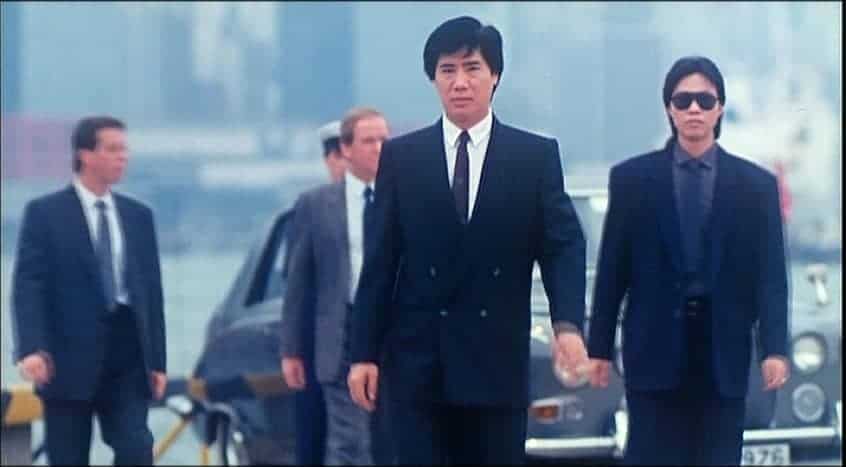
Broken bones, crippled bodies and cut off heads. The quality of violence that inhabits the screen is by far the most psychotic and brutal one in To's artwork. “The Big Heat” shows the typical signature of similar Cinema City Productions such as “School on Fire” (1988) but crosses genre borders by mixing the story with slasher elements. The film establishes this feeling in the very first scene, in which the hand of John gets speared by a drilling machine. A nightmarish scene straight out of Wes Craven's “A Nightmare on Elm Street” (1984) from which the main character awakes and that also includes a clever symbolic narrative, which hints to his disabled hand. (Alexander Knoth)
Buy This Title
4. All About Ah Long (1989)

Based on a very intriguing story that unfolds on a number of levels and time frames, Johnnie To presents a rather rich narrative that combines a number of different elements in the most elaborate fashion. The relationship between father and son, and the way the appearance of Por-por affects it is the most central one, with To also using it to show how capitalism and materialism can affect even people's feelings. The differences in the ways Ah Long and Por-por show their love to Porky highlights the aforementioned fact, although the finale of that part of the story also shows To's comment about the aforementioned elements. The inevitable clash is one of the most impactful scenes in the movie, highlighting the excellent acting by both Chow Yun-fat as Ah Long and Wong Kwan-yuen as Porky. (Panos Kotzathanasis)
Buy This Title
5. The Story of My Son (1990)
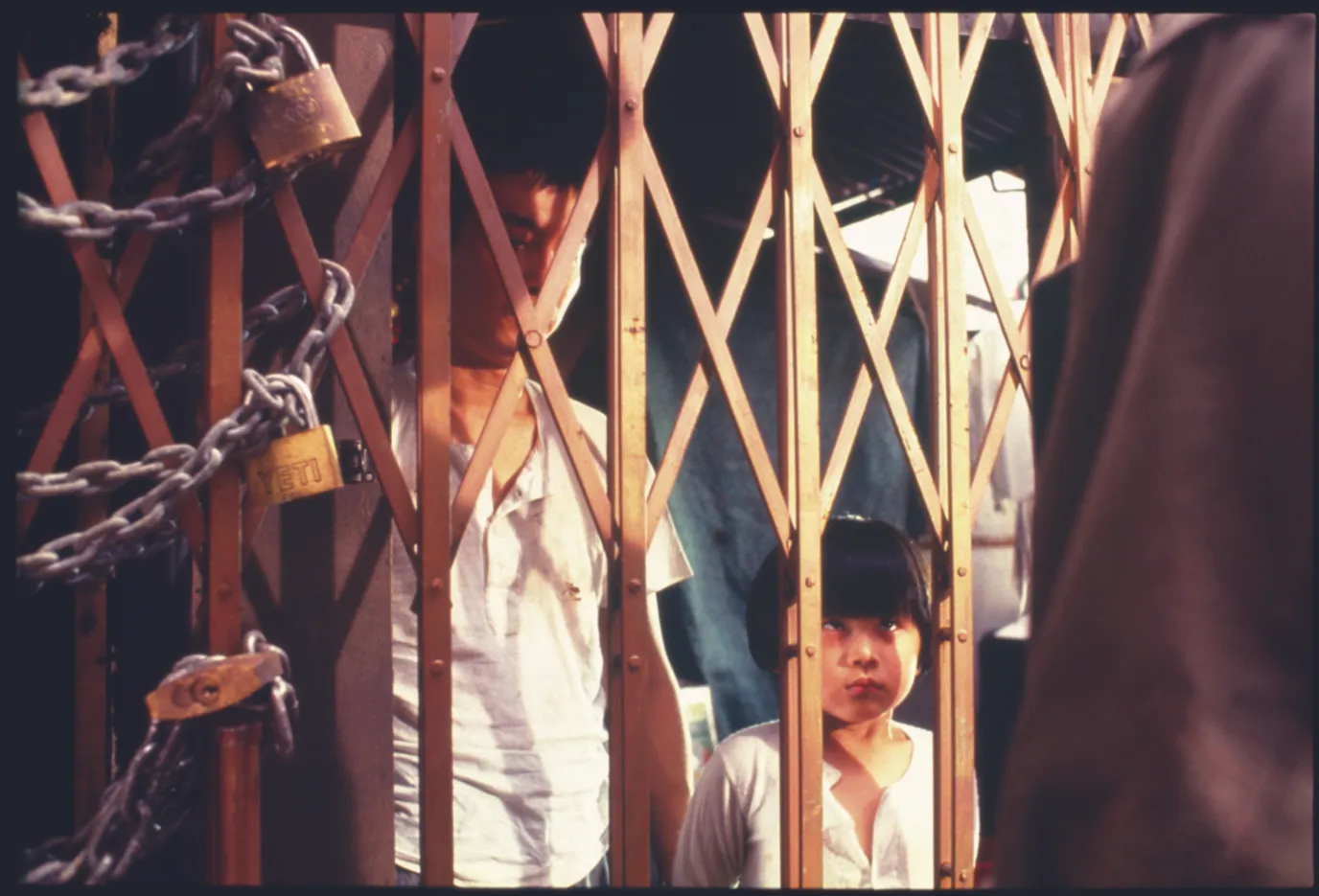
The melodramatic approach To implements here is particularly evident by the fact that the protagonists find themselves on a downward spiral, which began from the medical expenses of the deceased wife, and concluded with Lee's desperate and failed choices, which never actually ceases. This, however, is not a melodrama where people continue to cry because of their situation and their overall lack of hope, but from the fact that are the victims of violence, which becomes constant after a point, and actually moves from top to bottom. In that fashion, the father eventually finds himself victim to the loan shark thugs, but his overall frustration leads him to beating his children and particularly Kin, with the two kids even getting their share from the maid. The fact that Kin, who is the one who essentially tries the most, is the recipient of the most punishment, with the shocking ending cementing this element in the harshest fashion, makes the whole thing even more melodramatic, in a choice that results in the film being quite impactful, but also rather exaggerated in terms of script. (Panos Kotzathanasis)
6. The Fun, The Luck and the Tycoon (1990)

Chow Yun-Fat's charisma is on full display walking through the movie with effortless charm like Cary Grant at his peak, as he highlights his ability to be both debonair and slapstick at the same time. Equally good is Sylvia Chang, one of the best comediennes in Hong Kong and whose unconventional attractiveness makes her the perfect foil. The rest of the cast join in the general good naturalness of the movie with the band Beyond making up the principle supporting cast. (Ben Stykuc)
Buy This Title
7. Casino Raiders II (1991)
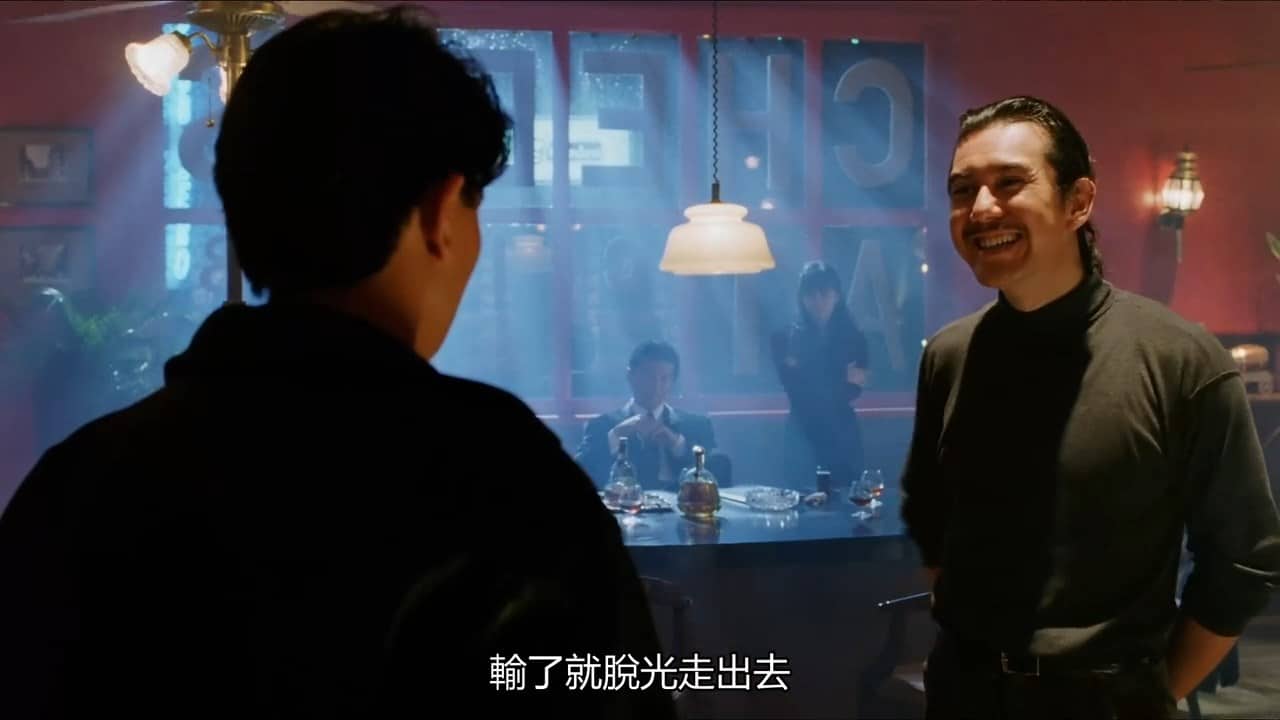
As was usually the case with Hong Kong movies of the time, the story does not exactly make sense in the way it unfolds, as the focus is on individual scenes, with the narrative revolving around them instead of the whole script. The key scenes, here, however, are truly top notch, even if To had not yet reached the level of direction he achieved in his Milkyway Images productions. As such, the card flying scene of the beginning, the fight in the boat, the many card scenes, the one where Chicken Feet roams the streets in his underwear, and the “car-chase” scene are bound to stay on mind, as they exemplify all parts of the production, including Horace Wong's cinematography, Ng Kam-wa's editing, To's direction, Tony Ching Siu-Tung's action choreography and the abilities of all the cast. (Panos Kotzathanasis)
Buy This Title
on YesAsia
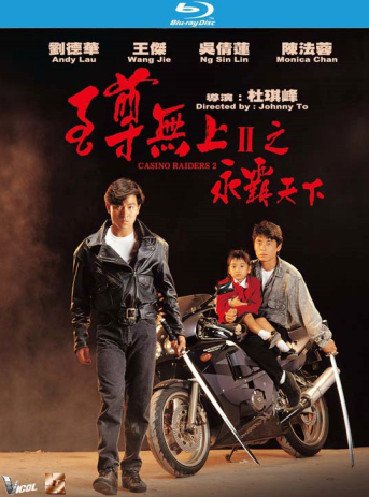
8. Justice, My Foot (1992)
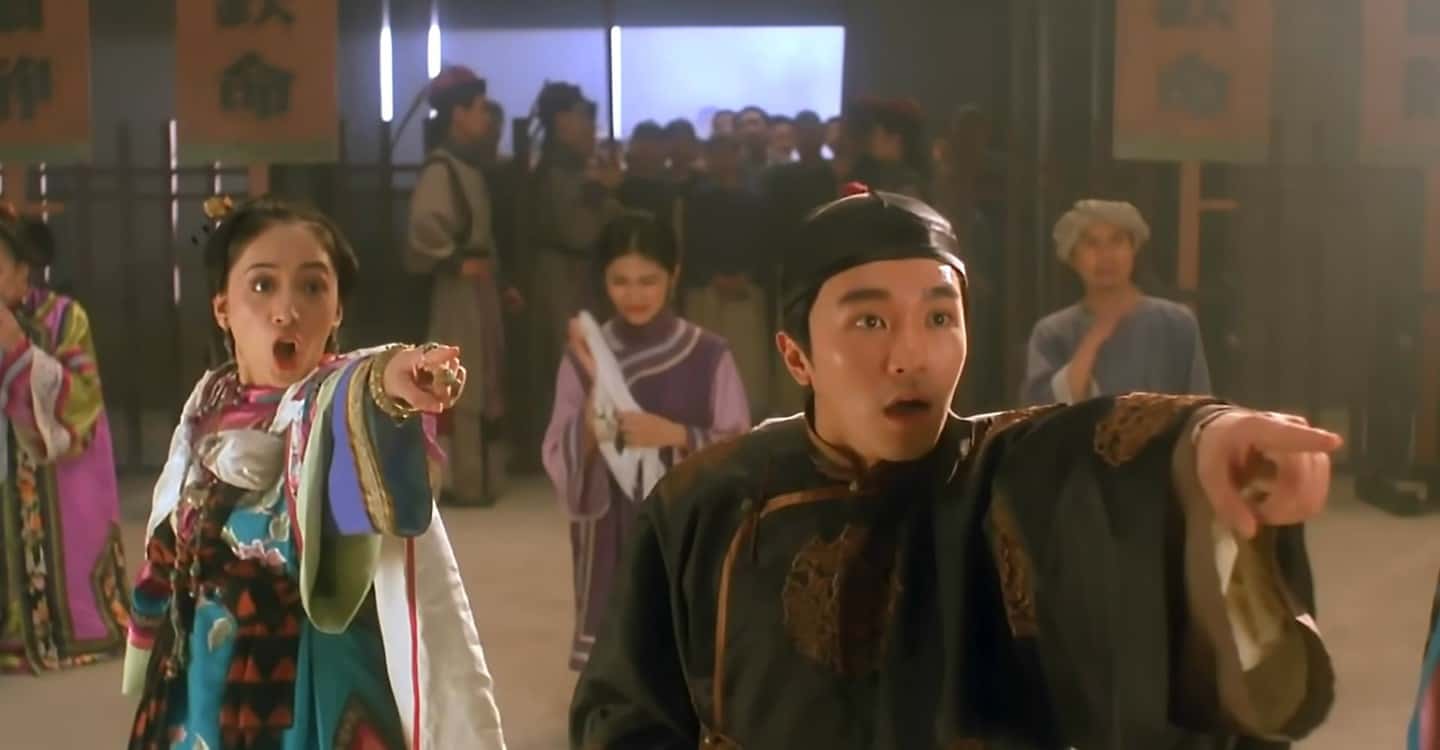
There is a lot of plot crammed up in the 95 minutes runtime of this feature, but thankfully, it is also chockablock with gags to keep the proceedings breezy and and light-hearted. The mo lei tau humour here is an odd one to peg down. Sure, there's plenty of the trademark Stephen Chow comedy to enjoy even for someone not familiar with the language, one but can't help but feel that a fair amount of the humour is lost in translation, making this ultimately feel like a production that could massively benefit from a fresh subtitle translation. Though primarily a comedy, “Justice, My Foot” also includes a small but satisfactory number of martial arts sequences, the first To production to do so. Choreographed by the legendary Ching Siu-tung, they include everything from hand-to-hand combat to wild wuxia set-pieces, most involving Anita Mui‘s Madam Sung. (Rhythm Zaveri)
Buy This Title
9. The Heroic Trio (1993)
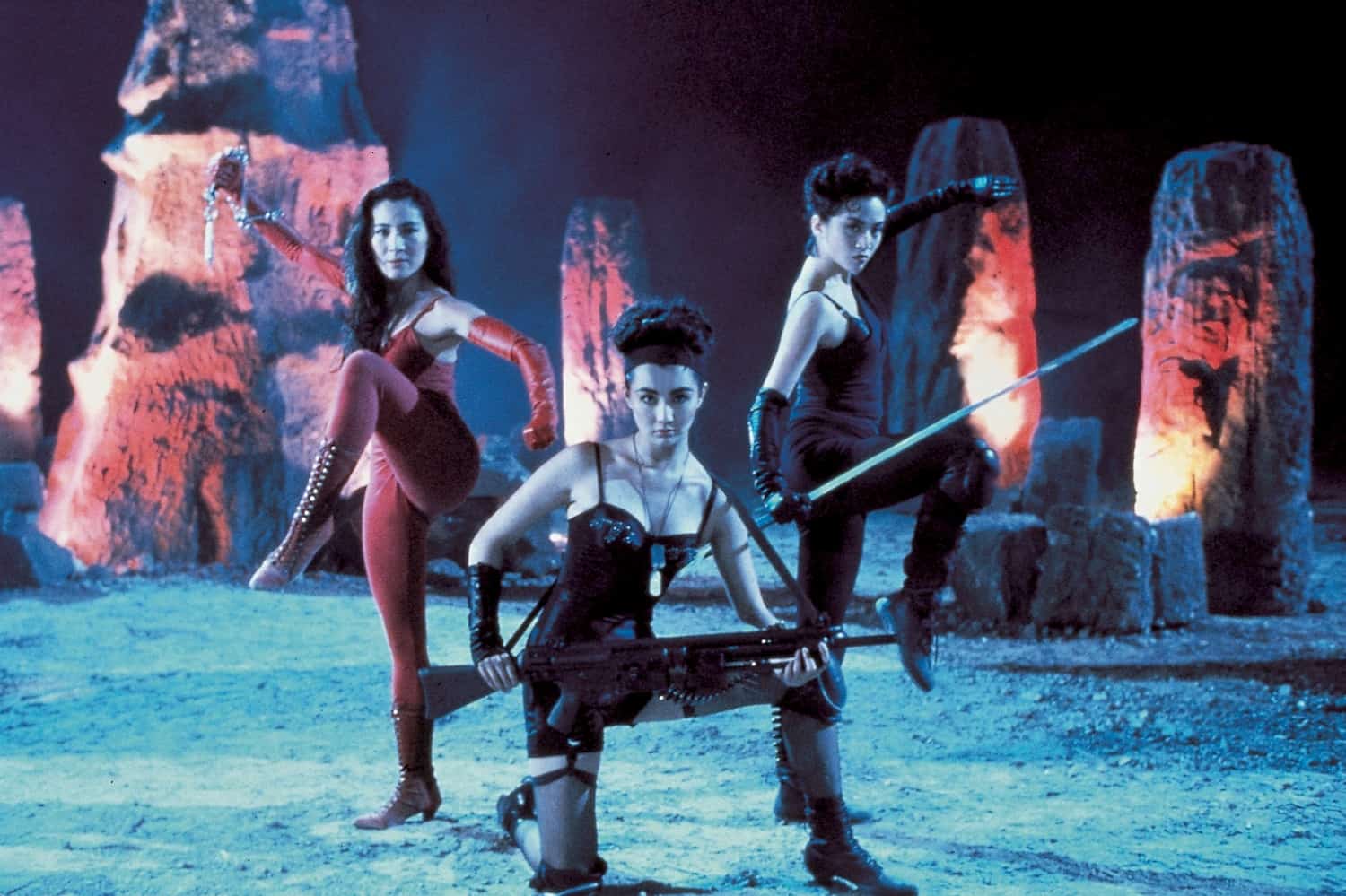
10. The Mad Monk (1993)
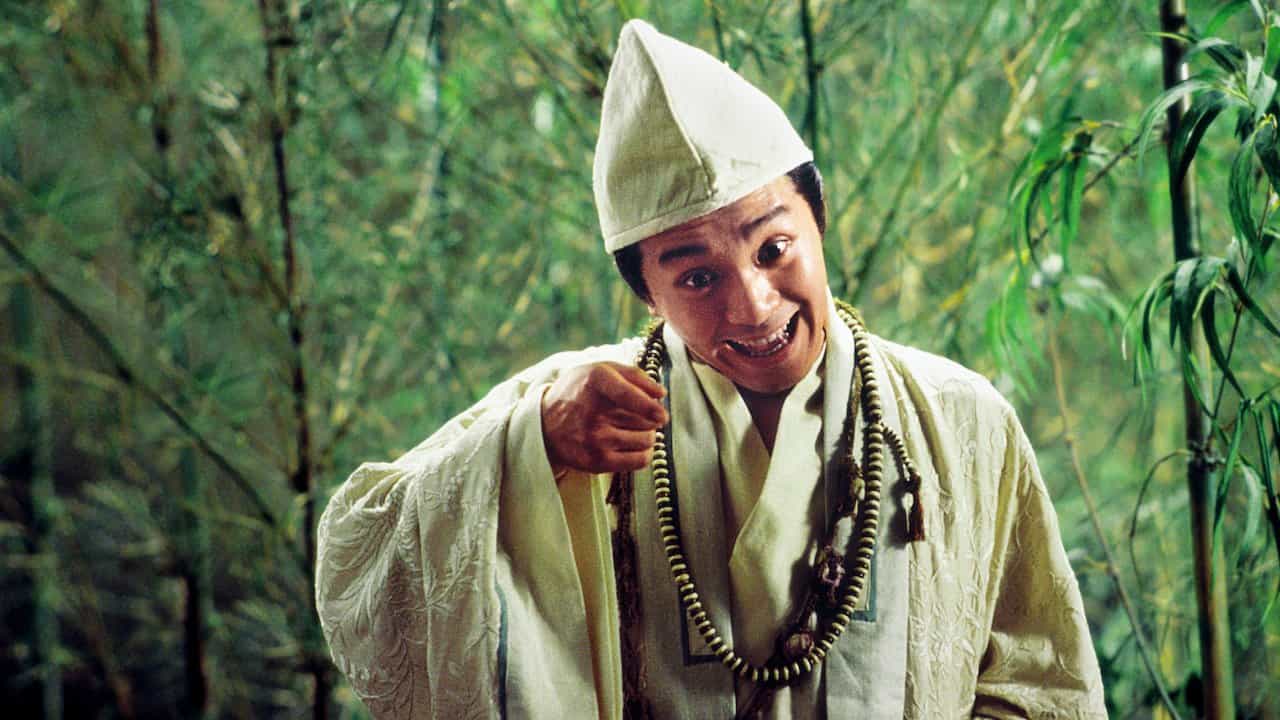
The story of “The Mad Monk” takes its inspiration from 12th century folk hero Ji Gong, a monk who, legend has it, had supernatural powers and used them to help the poor and tackle injustice. The concept of Karma looms heavily over the entire narrative. The first part of the story feels very much like a Stephen Chow feature rather than a Johnnie To one, with its use of oddball characters and slapstick and Chow's usual fast-talking goofy style which has made him a much-loved name in Hong Kong cinema. This portion is heavily fused with Chinese mythology and an elementary knowledge of the same helps enhance the enjoyment of the comedy here, which would otherwise fall flat and alienate the audience. The tone shifts often here and feels a bit disjointed at times but as the story progresses, it takes a more coherent form. (Rhythm Zaveri)



